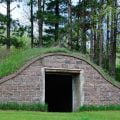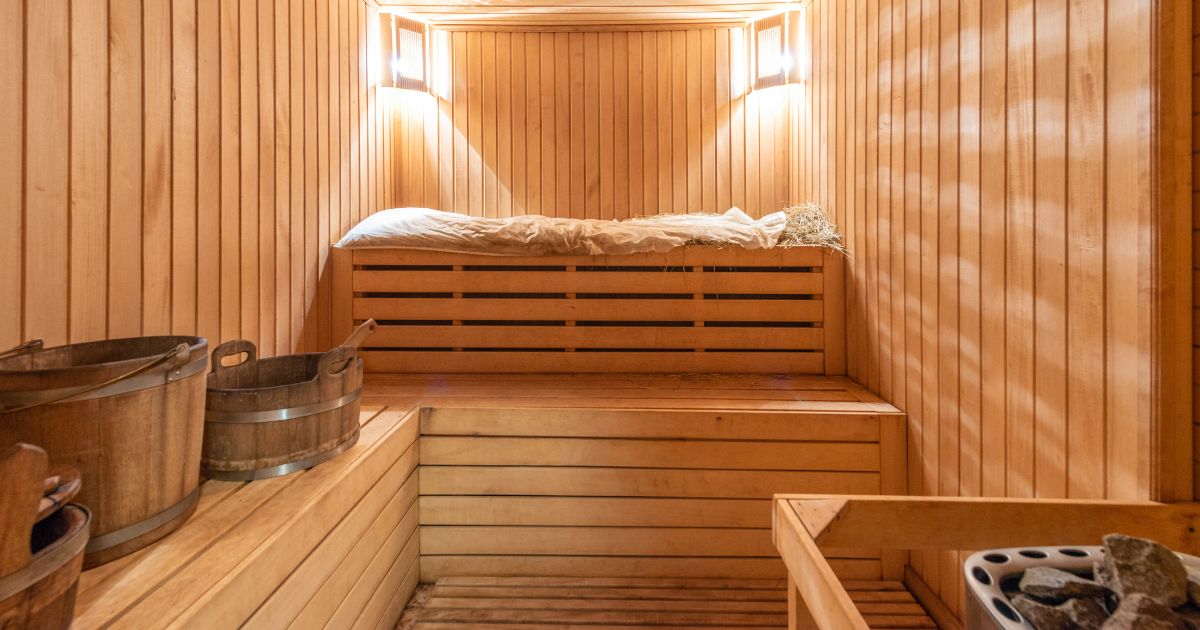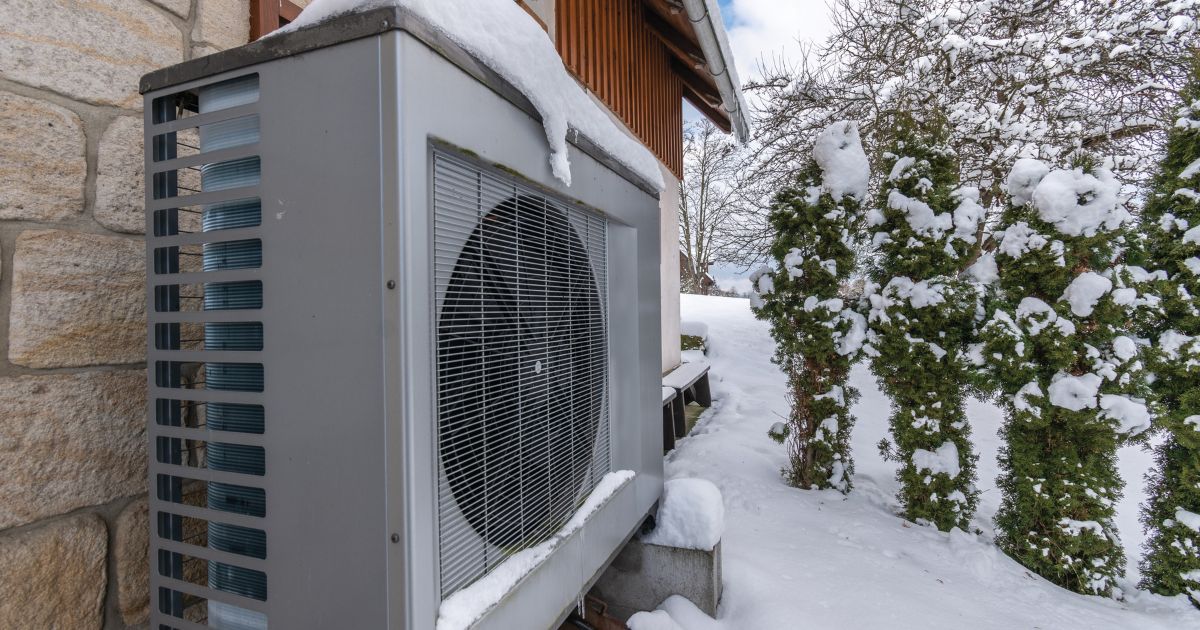If you’ve got pastures or hayfields that need improving, you’ve got to try frost seeding. It’s a proven technique that makes it possible to improve the species composition in a given plot of land without tillage. Besides saving time, money, fuel and wear on your equipment, frost seeding delivers faster improvements to pastures and hayfields than traditional methods, which require ploughing, discing, harrowing and seeding. Frost seeding is also a technique that’s very well suited to Canada and our frosty springs.
How Frost Seeding Works
Broadcast tiny seeds onto the snow in late winter or early spring, and the rest takes care of itself. That’s
frost seeding in a nutshell, and it’s the simple and pleasant reality behind what’s usually the first field work of the year for me. As winter transitions to spring, and there’s still some snow on the ground, we get the kind of cold nights and warmer days that make frost seeding work. Come with me on an imaginary journey down to soil level, to see what it’s all about.
Watch this 5 1/2 minute frost seeding how-to video.
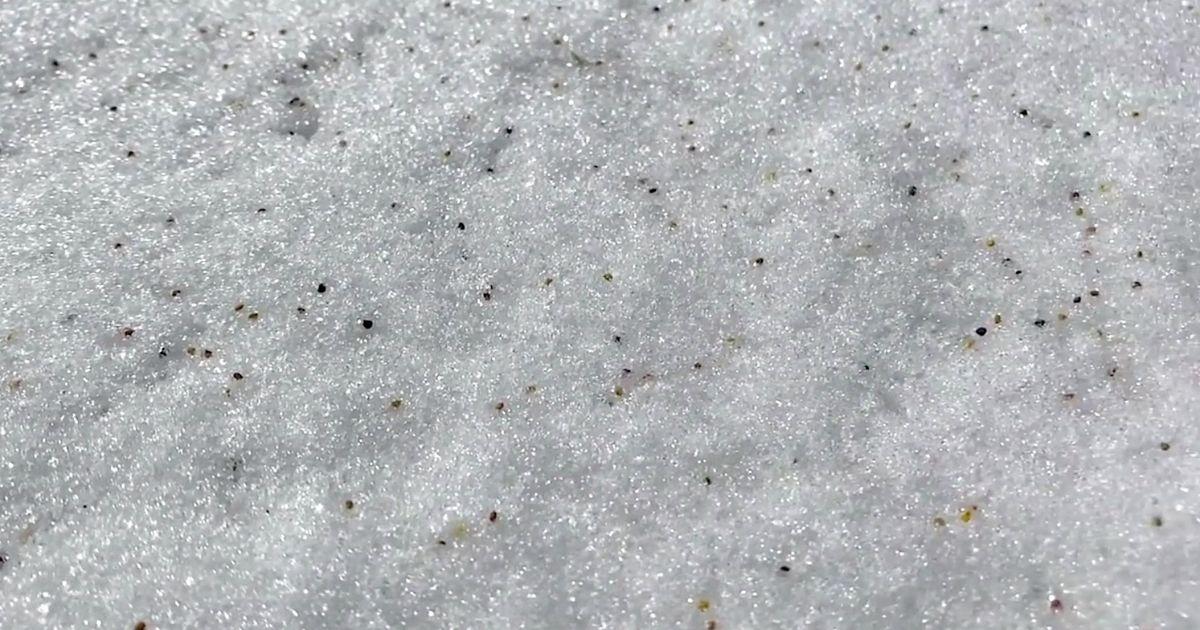
Freeze-thaw cycles are part of late winters and early springs each year in Canada, and frost seeding takes advantage of the fact that wet soil expands as it freezes and contracts as it defrosts. When the right size of seed is sitting on the soil after frost seeding during times of repeated freeze-thaw cycles, that little seed typically ends up getting buried — slowly, automatically, over a period of days or weeks, and just the right amount by the frost action. Sure, not every seed you broadcast ends up buried properly, but more than enough do to make it a worthwhile procedure. Most times, germination success is remarkably good.
Species for Frost Seeding
Nutritious for livestock, vigorous to germinate, and self-reseeding in future years — these are the qualities you want in any plant species for frost seeding. In practice, this means a handful of plants can be counted on for success. Perhaps the most widely used is bird’s-foot trefoil. This yellow-flowered pasture plant delivers high protein and keeps on coming back year after year. Certain clovers work well, too. I’ve had great results with Dutch white clover, plus alsike and ladino clovers.
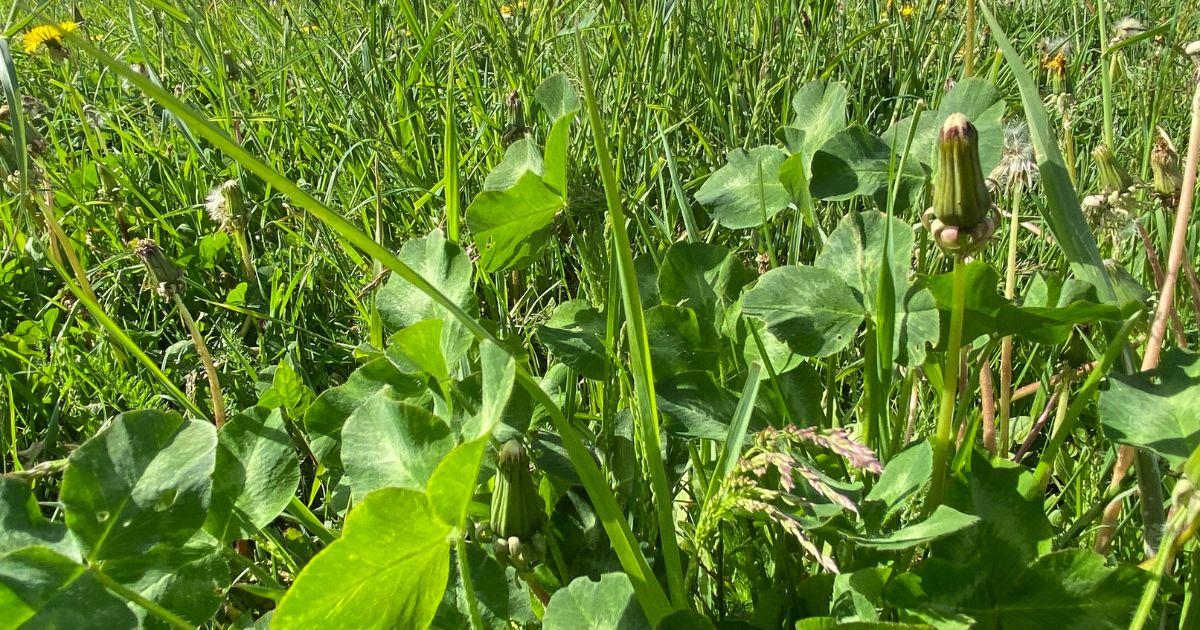
Hairy vetch catches well with frost seeding (even though it has a much larger seed than clovers and trefoil), and I’ve even had success with alfalfa, a notoriously hard-to-start hay plant. Regardless of the species you choose, spreading seeds on frozen ground comes down to one very simple task.
How to Spread Frost Seeds
Frost seeding can be done on foot with a hand-operated broadcast seeder, but I always use a tractor or four-wheeler with an electric seed broadcaster. With 40 acres of pasture to cover most years, mechanization makes sense. To understand how broadcasting works (regardless of the seed broadcaster used), you need to know something about the seeds involved.
Except for hairy vetch, which has a large seed about half the size of a garden pea, all species I use for frost
seeding have very small seeds — about the size of a pin head. They’re also fairly costly, running $4.50 to $6 per pound. This is one reason to use a seed broadcaster. Uneven seeding patterns created when throwing seeds by hand wastes seed because it doesn’t provide proper coverage. Ideal seed spacing on the ground is about one seed every 1/2 inch to 1 1/2 inches in all directions, but those figures won’t help you when you’re outside trying to calibrate whatever seed broadcaster you happen to be using.
To make proper calibration happen, you need to begin with a test. Frost seeding with clover and trefoil should happen at a rate of 4 to 6 pounds of seed per acre. Trouble is, no broadcast seeder on the planet has settings for pounds-to-the-acre for the various sizes and weights of seeds. This is where a small, accurate scale can help. I use my postal scale to measure out an acre’s worth of seeds — typically 5 pounds — then I mark out an acre of ground in a convenient field. That’s 210 feet by 210 feet, or any combination that outlines the same amount of area.
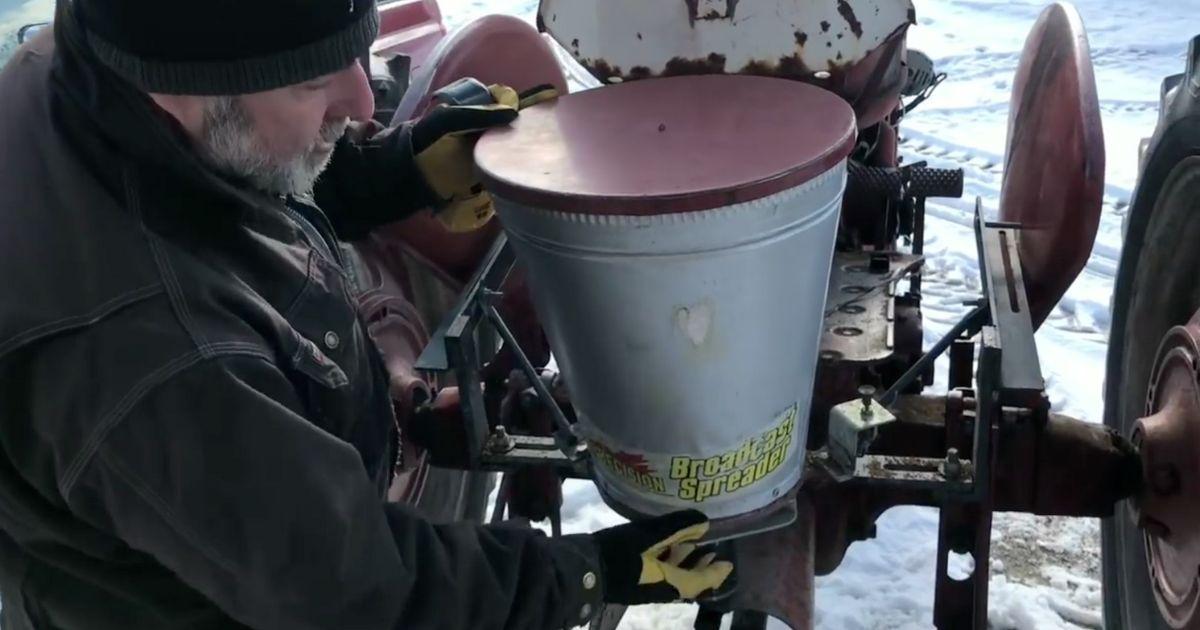
Take your best shot at adjusting the seeder, but err on the side of too little seed at this stage, not too much. Fling out some seeds and see how much of that acre got covered by your 5 pounds. You may have to take several shots at getting the calibration right, but after that you can rely on the generic graduation marks to reset the seeder next time.
The electric seeder I rent from the place where I buy seeds needs to be set halfway between 2 and 3 on the adjustment arm. The seed-sowing rate also depends on the ground speed of the tractor or four-wheeler you’re using, so you’ll want to note the gear you’re in and the ground speed you’re travelling during the calibration process. As a final check, just before I hunker down to several hours on the tractor, I stop, climb down and look at the snow where I’ve seeded. Like I said before, there should be one seed every half inch or
so in each direction.
Germination Guaranteed, But…
I’ve never seen frost seeding that didn’t result in very good germination at first. What varies from year to year is how your new clover and trefoil gets established during the summer, and that’s a function of how much rain you get during the growing season.
A moist year yields an amazing transformation of the field, but dry years are a danger. For example, summer 2018 was extremely dry for us, with no rain to speak of from late June until September. I estimate that 90 percent of my frost seeding failed that year, though it all germinated fine. Back in 2017, we had lots of rain and frost seeding worked very well, leaving behind mature clovers and trefoil plants that can grow and spread over time, even in a drought year.
Perennials Plus
The clovers and trefoil used for frost seeding are perennials, so why does anyone frost-seed a patch of ground
more than once? Livestock pressure is the main reason why. No matter what you graze, animals will always choose the most succulent clover and trefoil plants first because they’re so tasty. Continued grazing pressure on these plants means that over time they tend to die out. Not quickly or completely, but over time the top-drawer pasture plants will decline. Frost-seed your pastures every year for 3 or 4 years when you’ve got a rundown pasture that needs to be energized, but do it less frequently when you’re in maintenance mode.
The thing I like best about frost seeding is the economical and non-disruptive nature of the process, and that it happens at a non-busy time of year. You don’t need to take land out of production for ploughing and cultivation, yet you can completely change the character of a field in time. And to think that it all happens because of the abundance of freeze-thaw cycles that we Canadians are especially blessed with.

A Circle of Green
Summers can get pretty dry where I live on Manitoulin Island, Ontario, and this means it makes sense to feed a bit of hay out on pasture during the summer, before the fall rains kick in and the pasture starts growing again. I feed hay in round bale feeders during times like this, and even though I move the feeder with each new bale, the cattle still trample the ground and kill the pasture in a circular shape. No problem if you’re frost seeding, though. Chances are great that you’ll have nearly perfect germination where the bale feeders were — a nice green circle of very nutritious clover and trefoil — and for at least several years after.
Steve Maxwell and his wife Mary live on a 90-acre modern homestead on Manitoulin Island, Ontario in a stone house they built with local materials beginning in 1985. Steve is Canada’s longest-running home improvement and how-to columnist and editor of Home and Property. He divides his time working on the land, building things large and small, and creating articles and how-to videos that teach sustainable, self-reliant, hands-on living skills.


